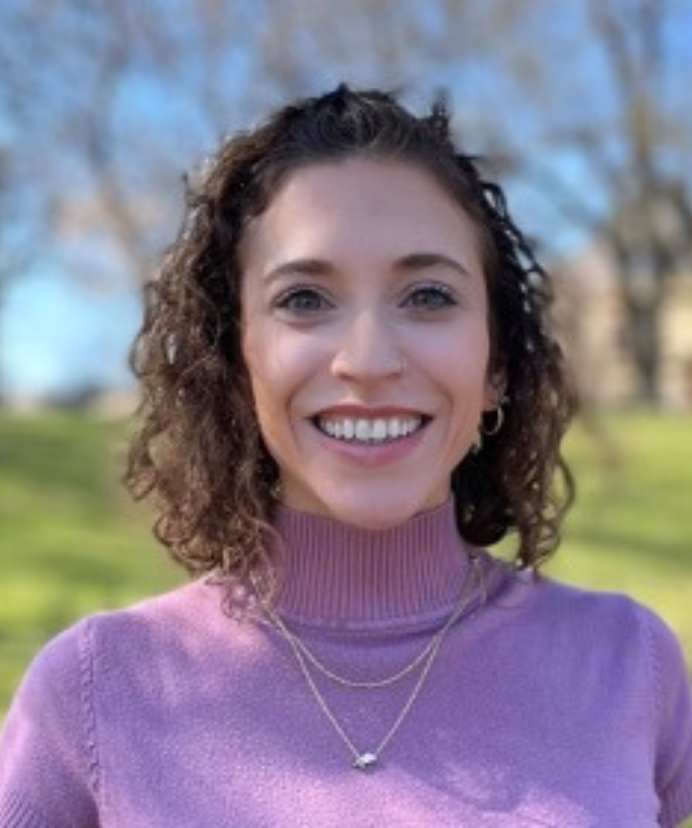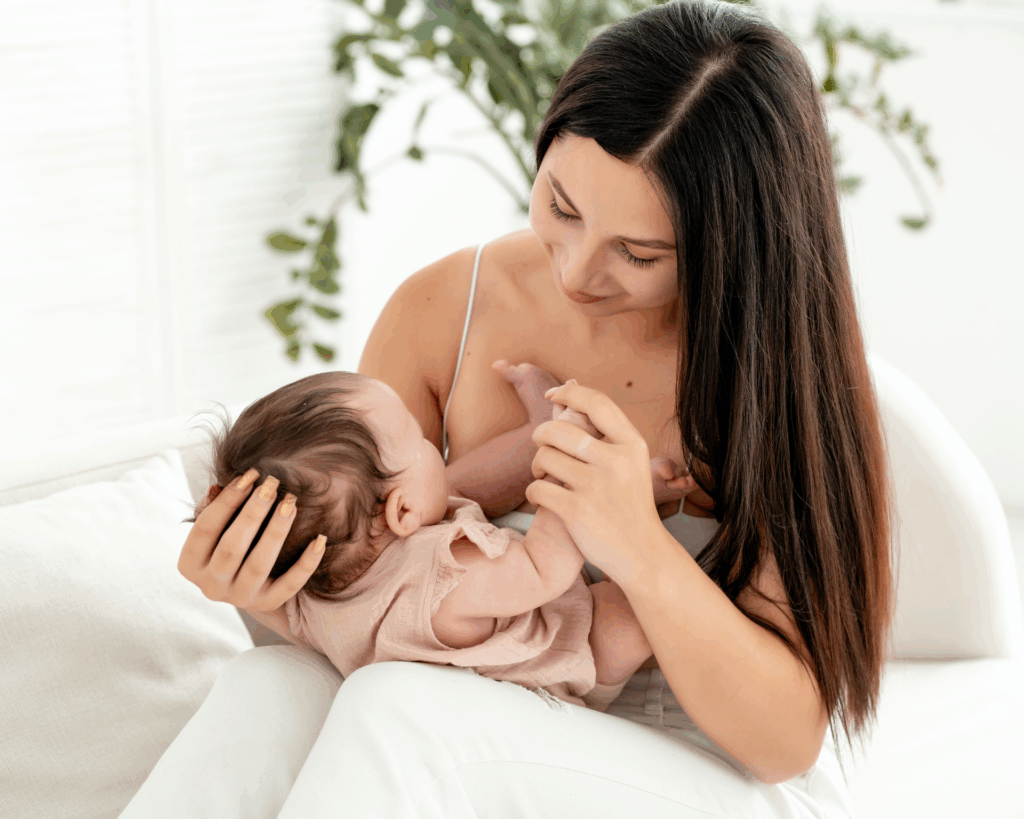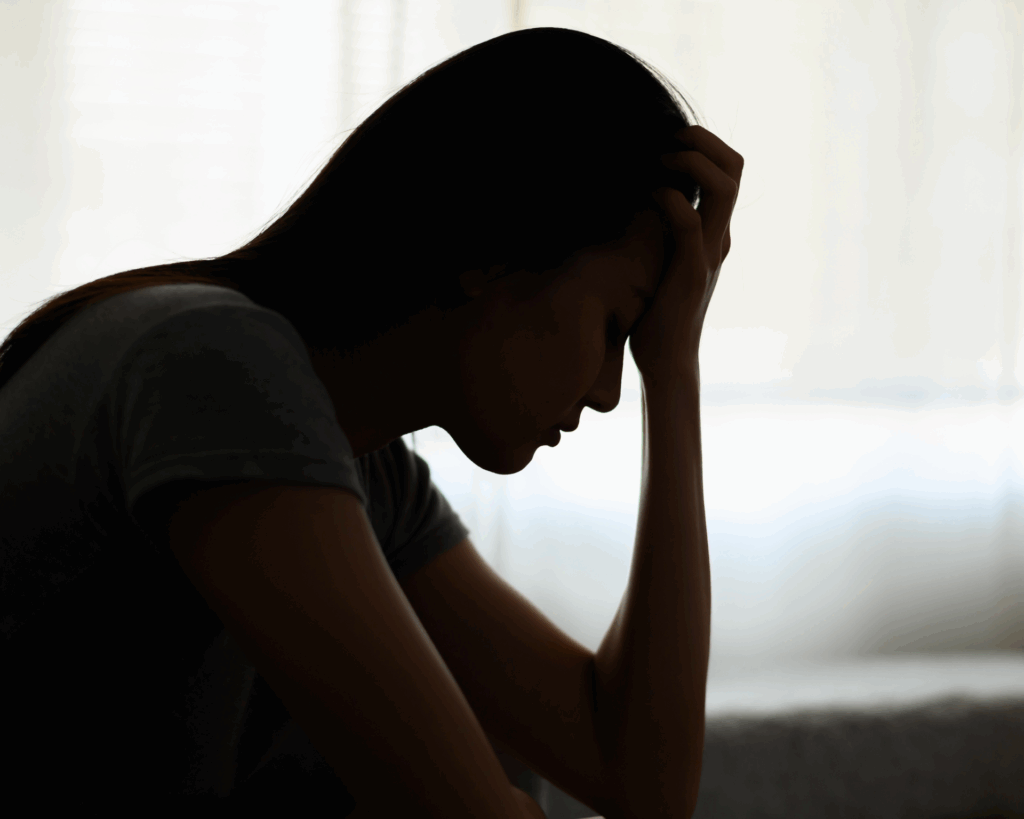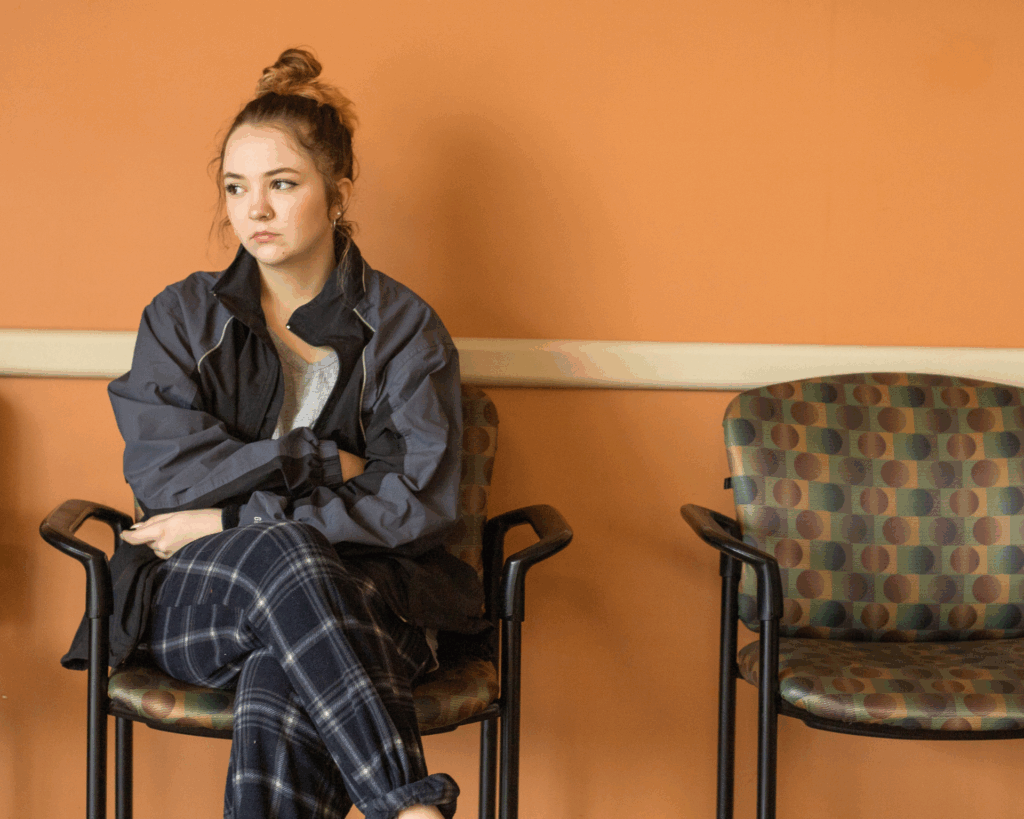A Deadly Oversight: Unintended Consequences of Restricting Abortions
For women in violent relationships, an abortion can be the difference between finding freedom from or being tethered to an abuser.
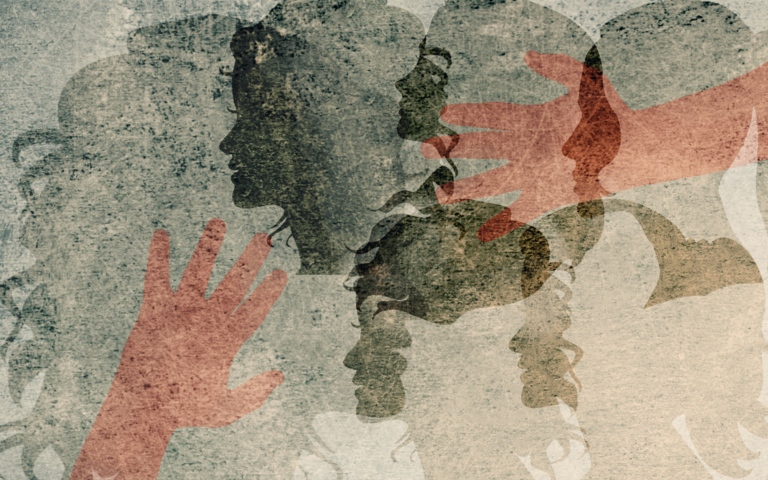
Read Time: 4 minutes
Published:
In June 2022, as the Supreme Court overturned Roe v. Wade and states enacted abortion bans, red flags waved for reproductive health advocates. The message? More women will suffer or die from preventable medical complications if they cannot access safe abortions.
Restrictive abortion policies are recognized internationally to increase the risk of maternal death. Even in states where medical exceptions are permitted to save the mother’s life, high-profile cases have highlighted the complexities of qualifying for exceptions. Undeniably, concerns for the well-being of pregnant women experiencing medical complications are warranted. But, given that homicide is a leading cause of death among pregnant women, we cannot forget about women who are seeking abortions for non-medical reasons. In particular, to escape violence.
More pregnant women die from homicide than obstetric causes of death, such as hemorrhage or infection. Pregnant women are also 5 times more likely to die from homicide than non-pregnant women, with Black women experiencing a disproportionately high risk.
Understanding why homicide is a leading killer of pregnant women is complicated because these deaths are rarely reviewed as closely as obstetric deaths. This is partly because many medical professionals believe that pregnancy does not change the risk of being killed. In other words, “she would have been killed regardless of her pregnancy.” But taking a closer look suggests a different story.
Pregnancy is a vulnerable period for IPV victimization. So much so, that pregnant women are 3.5 times more likely to die from intimate partner violence (IPV) than non-pregnant women of reproductive age. Jaqueline Campbell has studied IPV during pregnancy for decades and has identified common patterns of abuse with violence starting or intensifying when a woman is pregnant and after the child is born. In short, there is something about pregnancy that increases the risk for IPV victimization and death.
For women in violent relationships, an abortion can be the difference between finding freedom from or being tethered to an abuser.
The Turnaway Study, started by Diana Greene Foster in 2008, followed 1,000 women for five years after they either received or were denied an abortion. One in three participants reported that their intimate partner was a reason they were seeking an abortion, and a subset explicitly cited an abusive partner as their primary reason. Two and a half years later, women who received an abortion were less likely to be experiencing violence compared to those who were turned away. The consequences of being tethered to an abusive partner permeate the family unit.
Children who are exposed to domestic violence are likely to experience life-long negative consequences. In particular, they are more likely to experience or perpetrate violence in their lifetime than unexposed children. Therefore, a denied abortion to women in abusive relationships can normalize and perpetuate family violence.
Given how recently Roe was overturned and the lag in processing national data, it will be a few years before we can measure the impact of overturning the ruling on maternal homicide at a national scale. In the meantime, analyses of Targeted Regulation of Abortion Providers (TRAP) laws provide insight.
For decades, state-level TRAP laws have restricted abortion access by imposing requirements that are beyond what is necessary for patient safety. The most common TRAP law forces abortion facilities to meet the same standards as ambulatory surgical centers, which perform surgeries that pose higher medical risks than abortions. Meeting these standards is a financial stress on abortion providers and hundreds of clinics have closed as a result.
Maeve Wallace analyzed the impact of the five most common TRAP laws on IPV-related homicide of women of reproductive age. She scored states on a scale from 0-5 based on the number of TRAP laws in effect and calculated the number of IPV-related homicides per state. With each TRAP law, the rate of IPV-related homicide increased 3.4%, foreshadowing what is on the horizon as states move from TRAP laws to abortion bans.
For women in violent relationships, an abortion can be the difference between finding freedom from or being tethered to an abuser. The implications extend beyond the well-being of the abortion-seeker alone, as children born into violent homes will almost certainly experience violence throughout their lives.
While the goals of anti-abortion policymakers may be well-intended, examining the impacts of these polices reveals dangerous, unintended consequences. Policymakers have a responsibility to challenge themselves and their colleagues to have nuanced conversations about complex questions. Is forcing a pregnant woman to birth an abusive partner’s baby protecting her life? Is it protecting the life of the baby born into violence? Protecting life is not as simple as being “pro-choice” or “pro-life”, and simplifying something so complicated has deadly consequences.
If you or someone you know is experiencing domestic violence, resources are available through the National Domestic Violence Hotline. Call 800-799-7233 or text BEGIN to 88788.
